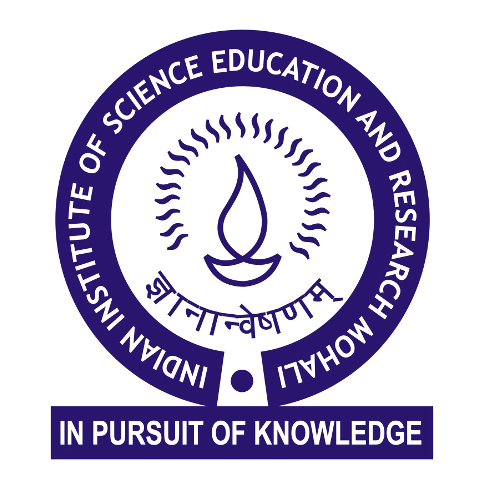Events Calendar
A modular journey from physics to maths
Monday 29 January 2024, 05:00pm
Dr. Aradhita Chattopadhyaya (Dublin Institute for Advanced Studies)
Zoom Link
Zoom Link
Location : Online
Abstract: The word 'modular' in English refers to structures which can be built independently. In a way this has been my journey among various aspects of physics (string theory and supersymmetric field theories) and maths, mostly aspects of number theory. \nI will start with the definitions of modular, cusp, mock modular forms and give a glimpse of where we observe these objects in physics. In this part I will mention the work done in my sole maths paper where I found the exact location of zeros of some Eisenstein series of level N; while aiming to understand the correct "charges" for some models in N=2 heterotic string theory (related to symplectic automorphisms of K3).\n I will then give a brief intuitive description of black holes in string theory and mention the results of BPS state counting which gives the entropy of black holes in type II strings. I will explain their relation to mock modular forms. For N=2 and N=4 type II string theories the computations differ strongly and in the N=2 cases the results for scaling black holes are given by mock modular forms of higher depth. \nIn the last part of the talk on my research I plan to give a short description of a recent observation of how prime numbers may be related to the instanton partition functions (without point-like instantons) in N=4 Vafa Witten theories (supersymmetric field theories with a topological twist) on projective plane $\mathbb{CP}^2$. To this end I will introduce the notion of a higher depth mock cusp form whose growth is greater than the Deligne bound for holomorphic cusp forms. \nIn the second part I aim to give a short description of my future plans in proceeding with N=2,4 type II string theories and also for Vafa Witten theories. Most of these studies revolve around understanding the relevant Appell Lerch sums, growth of mock modular forms, L- functions related to Eisenstein series encompassing elements of algebraic geometry, number theory and also group theory. I will mention my potential collaborators and finally end with my teaching experience and plans.\n
website policy
Connect with us
IISER Mohali, Knowledge city, Sector 81, SAS Nagar, Manauli PO 140306
Telefax : 2240266, 2240124
-
+91 - 172 - 2240266
- +91 - 172 - 2240266


